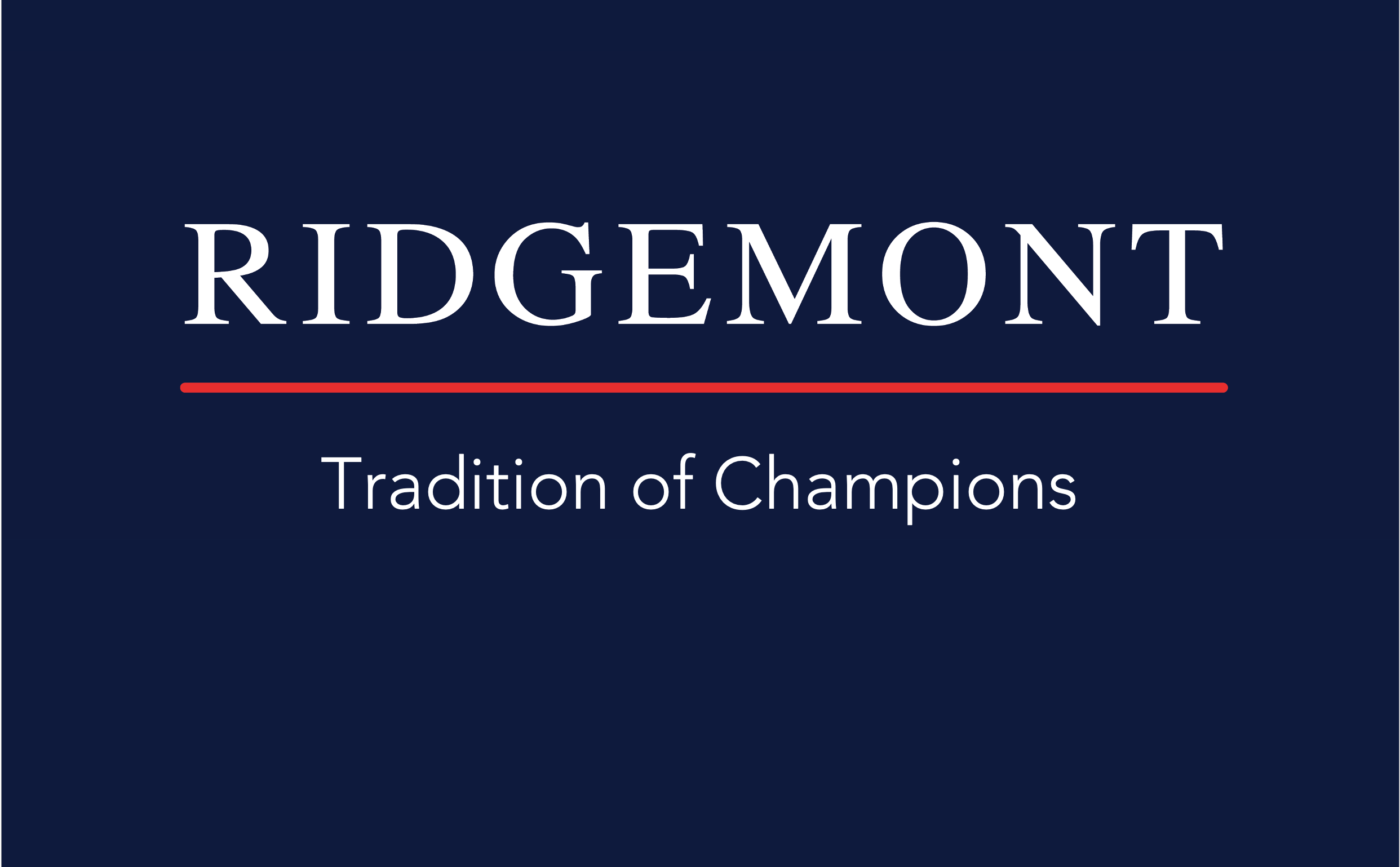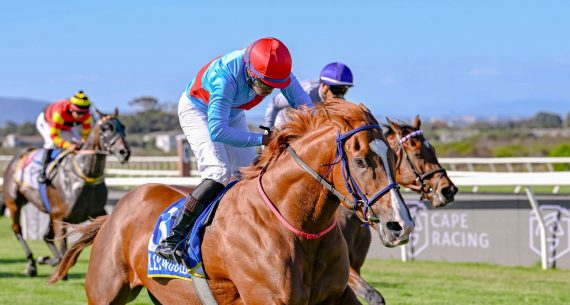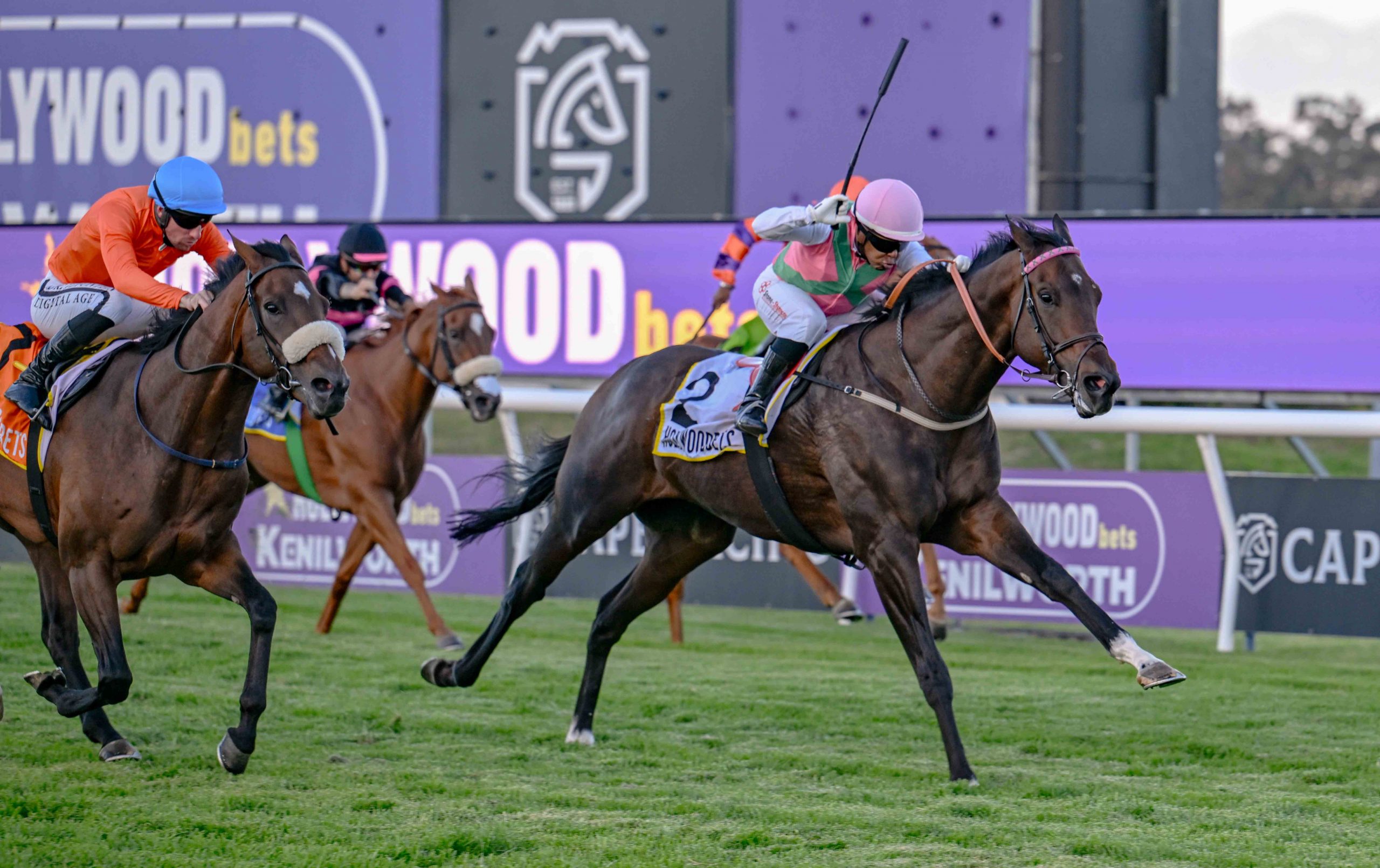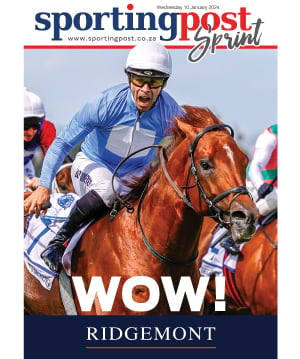One of the most significant factors underpinning the UK racing industry is the sale of horses in training to Australia, Dubai, Hong Kong and other jurisdictions.
Horses that can get 1600+ metres, have a rating in the 90s, and are somewhat progressive, achieve prices in the vicinity of £300k+ (roughly R7 million).
As an aside, it’s one of the reasons why it’s so hard for us to buy stallions these days.
Oscar Foulkes writes that the international racing programme is so lucrative that it makes more financial sense to geld the well-bred colts that are slightly below top-flight than to sell them as stallions.
This situation also suggests that we’re unlikely to repeat the success stories of the likes of Foveros, Spanish Pool and others that continued their racing careers in South Africa.
The point I’m trying to make, is that the opening of direct exports creates an interesting market for South African racehorses. This is not confined to the best horses of each generation.
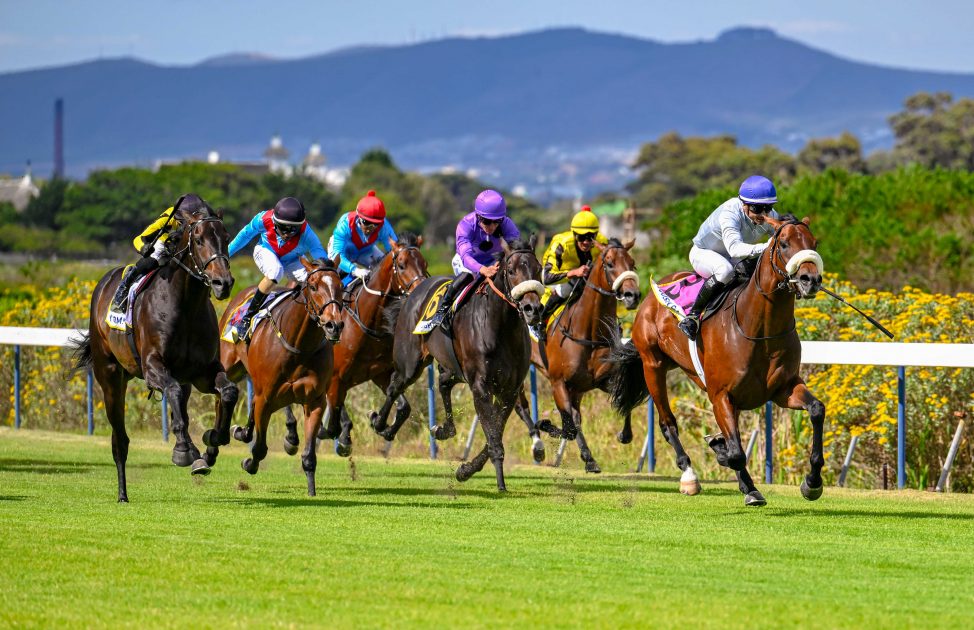
Too few over ground? (Pic – Chase Liebenberg)
One Stripe or Eight on Eighteen could clearly not be bought for £300k, but that surely does not apply to the horses that finish within a few lengths of them in graded stakes.
But, we have a problem. The number of horses that campaign over 2000m is too small to support any kind of meaningful export effort.
Considering the importance of our top Grade I races over 2000m (or 2200m in the case of the Hollywoodbets Durban Durban July), it’s astonishing that so few ‘regular’ races are run over that distance. In fact, it’s not unusual to go through an entire card comprising sprint and mile races.
I am told that programmed races over 2000m+ are regularly cancelled due to lack of entries/acceptances. Putting aside the issue of a punitive merit rating increase for a placed runner in the Cape Derby, the small number of entries for this prestige event in recent years surely tell a story.
The early part of the three-year-old season sees a flurry of promising youngsters being stepped up to 1400m to see if they could be Guineas horses.
Experimentation over distances beyond a mile does happen, but it’s on a smaller scale, much more cautious, and often tried as a last resort. How often do you see horses given a chance beyond 1800m?
The fact is that a large number of horses in South Africa are bred for the best part of 2000m. I’d go so far as to say that for many of them, 2000m is a minimum distance.
When one breeds for 2000m, there will inevitably be horses that either don’t quite get that trip or that need further.
Given a horse population that is likely to stay 2000m, why aren’t more of them being given the opportunity?
How many potential winners are retiring as maidens because they weren’t run over their ideal distance? Are trainers being unadventurous, or are the races simply not on the programme?
I can’t help but look at what’s happening from wider perspective and imagine that we’re on a slippery slope.
How much longer before we end up in a situation like Australia, where the winner of the WS Cox Plate (the most prestigious 2000m race in the country) is more likely to be imported than locally bred. Yes, the four-time winner Winx is Australian bred, but she’s by a shuttle stallion out of a New Zealand-bred mare.
A diet of sprint and mile races looks highly unappetizing to me, and that’s before we get to the aspect of removing opportunities for a big portion of the horses we breed.
Furthermore, if we look to competitive advantages in international markets, the breeding of sprinters is something that Australia is already doing extremely well. That’s a battle that’s not easily won.
This comes down to breeders using bloodstock that will produce middle-distance horses, owners that have the patience to wait a few extra months before they are ready to race, trainers that will give them opportunities over the distances for which they are bred, and racing operators putting the appropriate races onto the programme. We all have our parts to play.
If we get it right, we’ll have the opportunity of generating new income streams for our industry, at the same time as putting on a more interesting offering on the racecourse.



